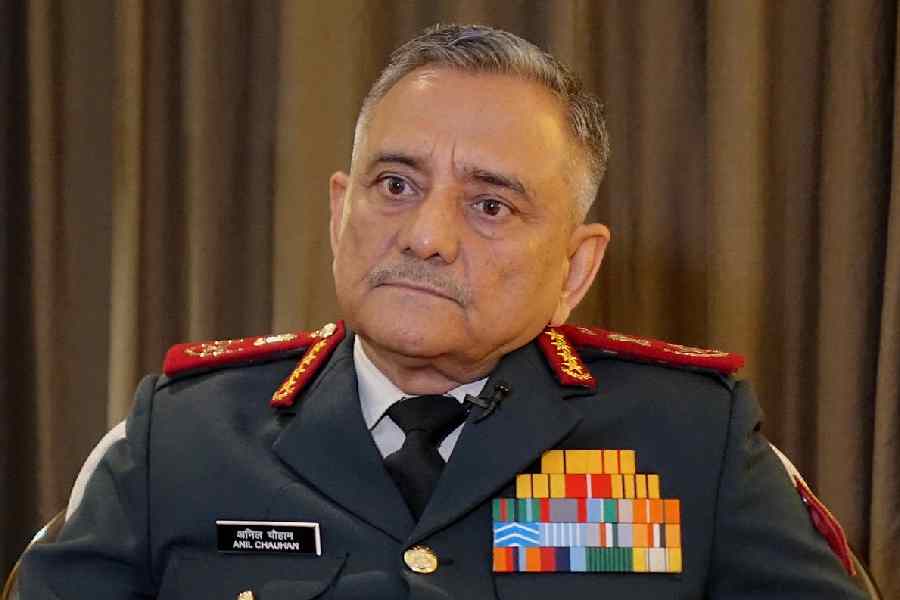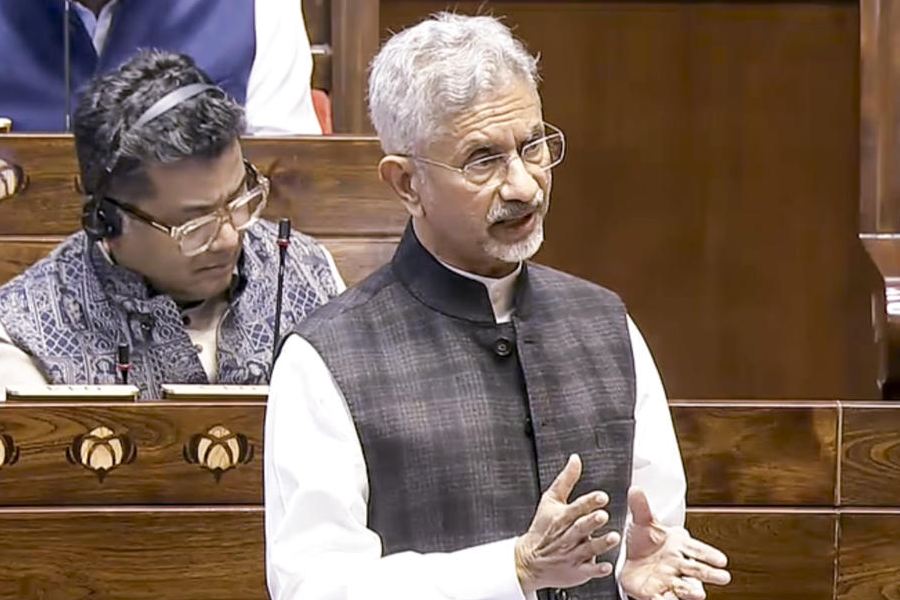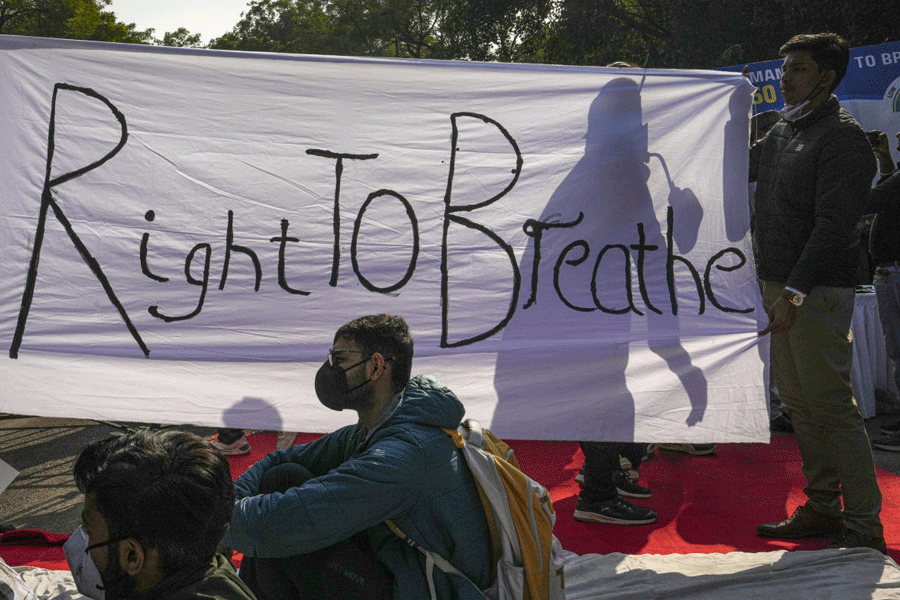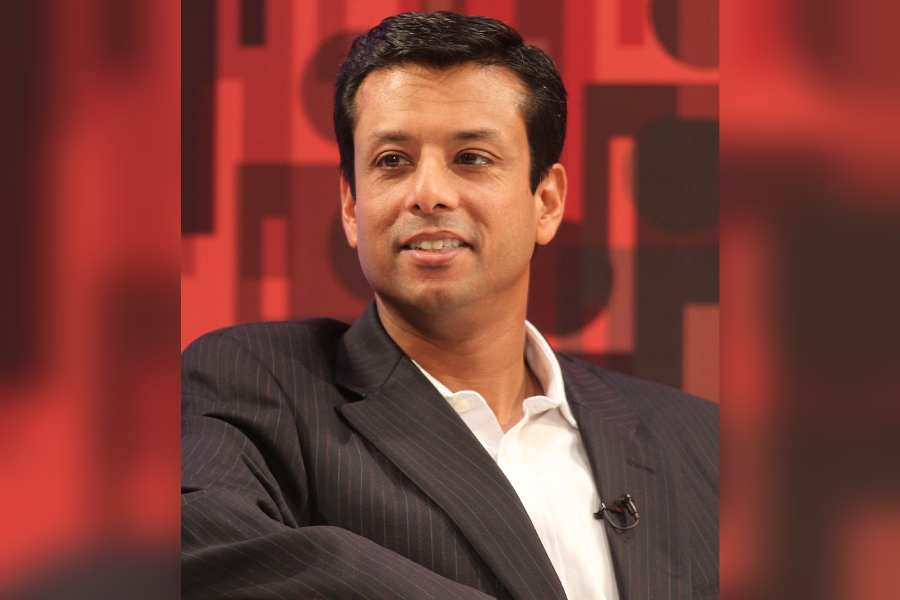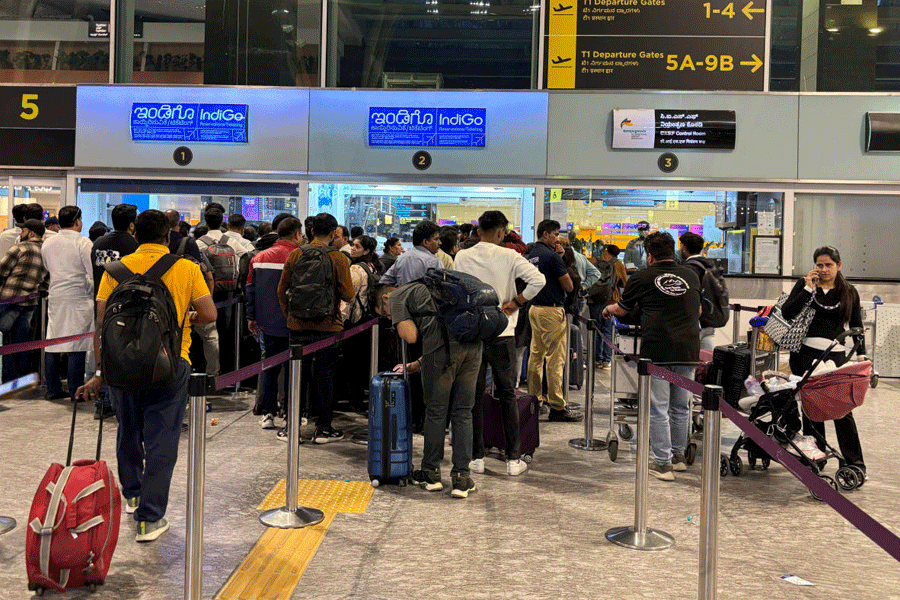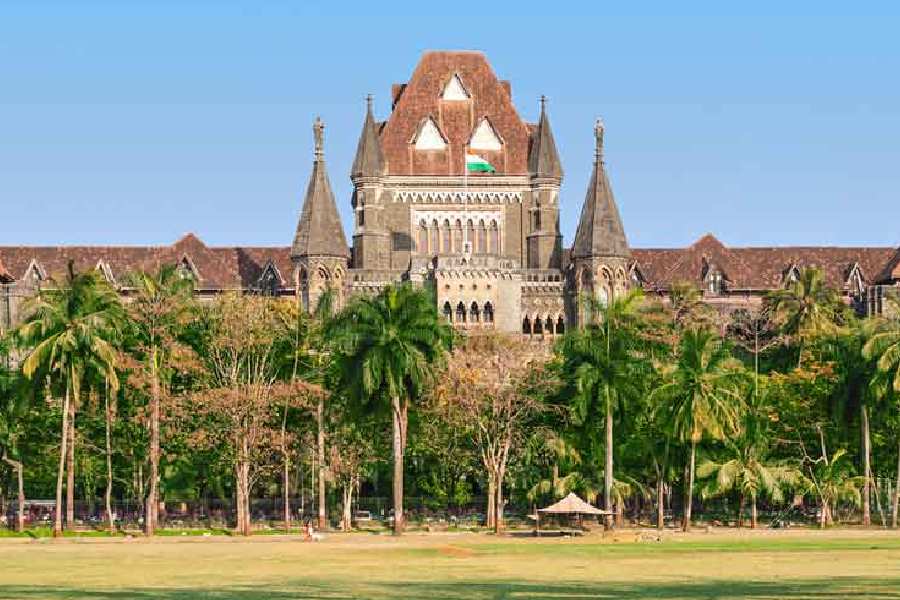India’s top military general has for the first time acknowledged an unspecified number of fighter jet losses from a “tactical mistake” at the start of Operation Sindoor, asserting the armed forces rectified the mistake quickly to launch further attacks on subsequent days.
Until Saturday’s comments by chief of defence staff (CDS) Anil Chauhan, India had neither confirmed nor denied aircraft losses during the May 7-10 military offensive. Pakistan had claimed downing six Indian fighter jets, including the most advanced Rafale aircraft.
“What is important is not the jet being down, but why they were being down,” Chauhan said in an interview with Bloomberg TV in Singapore, where he attended the annual Shangri-La Dialogue, an inter-governmental security conference.
Asked specifically by the interviewer whether he meant that Indian Air Force (IAF) jets were indeed downed, he responded: “Why they were downed.”
He said: “The good part is that we are able to understand the tactical mistake which we made, remedy it, rectify it, and then implement it again after two days and flew all our jets, again targeting at long range with assets.”
On Pakistan’s claim of having downed six Indian jets, the CDS said: “Absolutely incorrect. That is not the information which I said is important. What is important is why they were downed. That is more important for us. And what did we do after that? That is more important.”
Chauhan said the conflict never came close to a nuclear war, and underscored that “channels of communication” with Pakistan had been kept open throughout.
“I personally feel that there is a lot of space between conduct of conventional operations and the nuclear threshold,” he said.
Sources at the army headquarters in Delhi, contacted after Chauhan’s revelations, declined to reveal the total number and types of aircraft India had lost during the operation. Nor would they say what “tactical mistake” Chauhan had referred to in the interview.
In a separate interview with Reuters on Saturday, Chauhan said India had suffered initial losses in the air (on May 7) but declined to provide details, saying “numbers are not important”.
“What was important is, why did these losses occur, and what we’ll do after that,” he said, echoing his comments to Bloomberg TV.
“So we rectified tactics and then went back on the 7th, (sic) 8th and 10th in large numbers to hit airbases deep inside Pakistan, penetrated all their air defences with impunity, carried out precision strikes.”
Chauhan added that the IAF “flew all types of aircraft with all types of ordinances on the 10th”.
Pakistan’s military had claimed that India did not fly its fighter jets again during the conflict after suffering losses on May 7.
“It’s my personal view that the most rational people are people in uniform when conflict takes place,” Chauhan told Reuters.
“During this operation, I found both sides displaying a lot of rationality in their thoughts as well as actions. So why should we assume that in the nuclear domain there will be irrationality on someone else’s part?”
At a news conference on May 11, Air Marshal A.K. Bharti had sidestepped a question on Pakistan’s claims about shooting down Indian fighter jets.
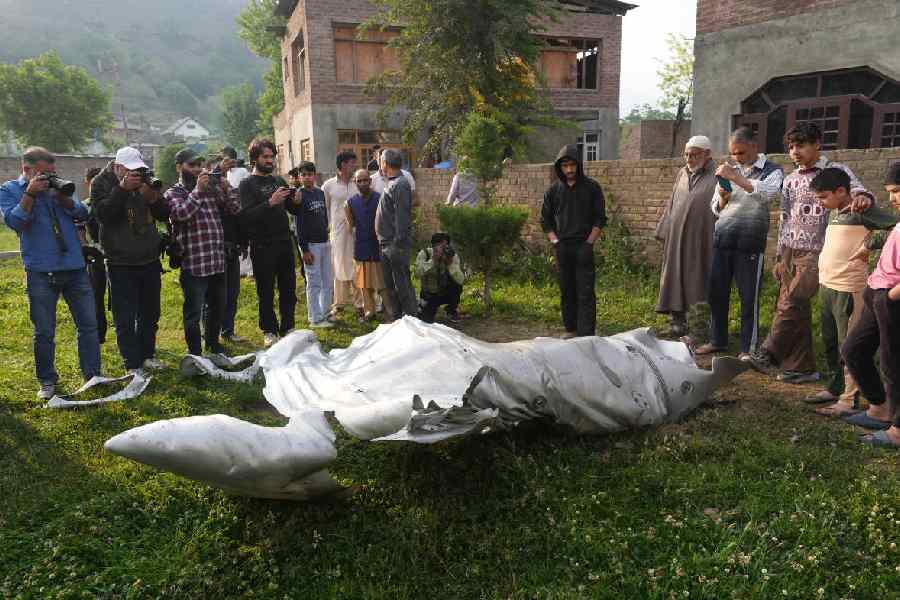
Local people gather near parts of an unknown jet that crashed after midnight, at Wuyan, Pampore, in Pulwama district, J&K
“Losses are a part of combat,” Bharti had said. “We are in a combat scenario and losses are a part of it. The question to be asked is, have we achieved our objectives of decimating the terrorist camps? The answer is a thumping ‘Yes’.”
Bharti had added: “At this time I would not like to comment on the numbers, which platforms did we lose. We are still in a combat situation. If I comment, it will be advantageous to the adversary. All our pilots are back home.”
Asked about the reports of the IAF downing Pakistani aircraft, Bharti had said: “Their planes were prevented from entering inside our border…. Definitely, we have downed a few planes… definitely, there are losses on their side which we have inflicted.”
Operation Sindoor was launched in the early hours of May 7 in retaliation to the April 22 Pahalgam terror attack that killed 26 people.
Four days of intense fighting followed, during which both sides used fighter jets, missiles, drones and artillery. The two countries reached an understanding on May 10 to stop all firing and military action on land, air and sea.

